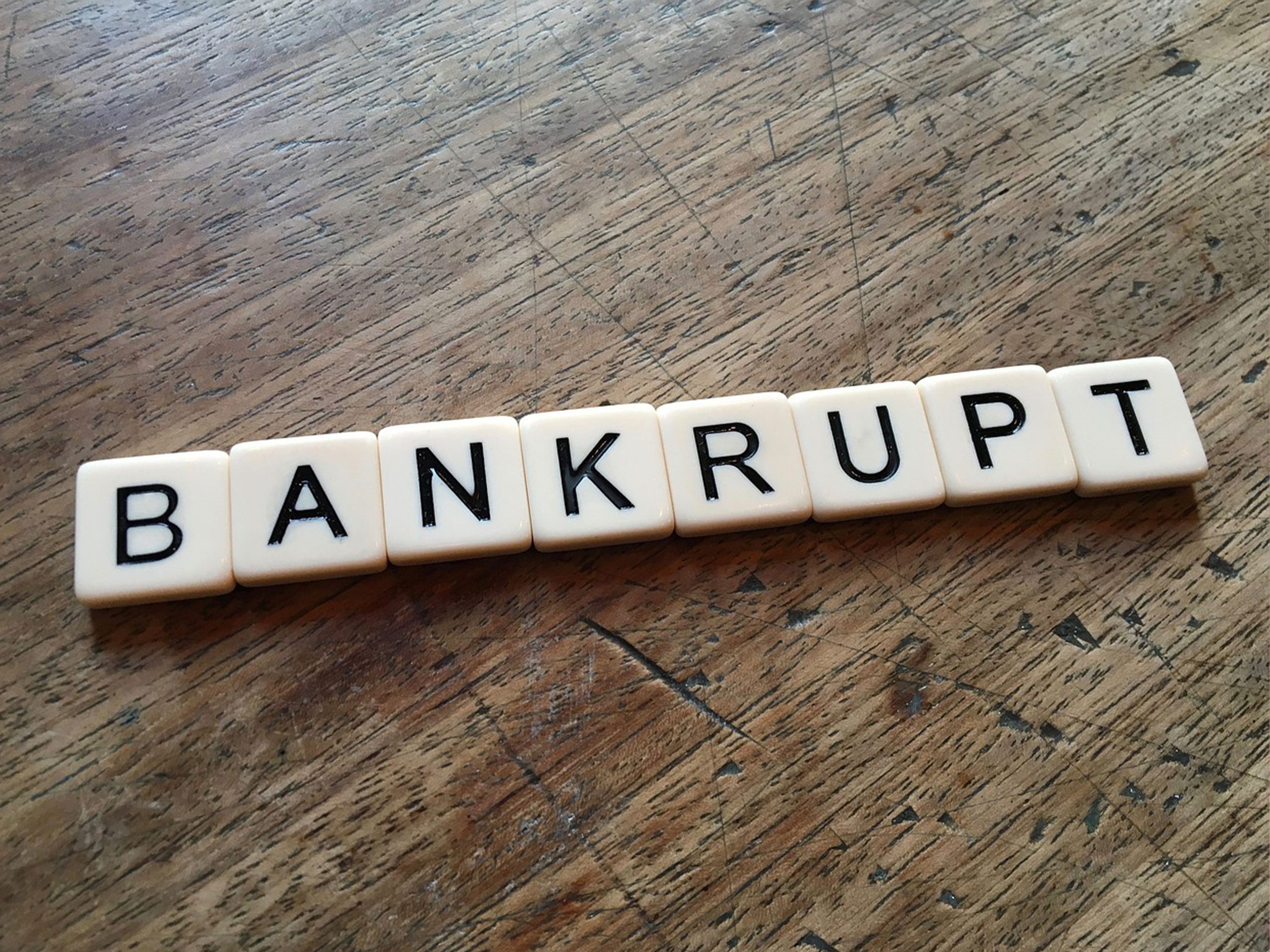So, you’re exploring the possibility of going solar through a solar PPA (power purchase agreement), and you want to make sure you’re getting a good “rate”.
In this article, which I’m almost certain has never been written about before, I am going to cover what actually is a good, a bad and an average solar PPA price. By price, what we are referring to is the kWh cost since that is how your monthly solar ppa payment is determined.
What Can I Expect To Pay For A Solar PPA?
If you are in New York, Connecticut or New Jersey, you can expect to pay anywhere between 11 cents and 20 cents per kWh.
Of course, this large kWh cost range depends on so many things. But before we get into that, lets first look at the average cost of traditional electricity in the US.
Traditional electricity is the electricity that is being sent to you by your local utility provider. PSE&G, JCP&L, Orange & Rockland, Rockland Electric, ConEd, Eversource, etc.
What Is The Average Cost of Traditional Electricity? (cost per kWh)
Residential electricity rates in the U.S. vary significantly, ranging from 6 cents/kWh to 71 cents/kWh. These rates depend on your location, the types of power plants generating your electricity, and the specific times of day or year when you use electricity.
The states that have the most expensive electric rates are Hawaii, Alaska, California, New Hampshire, Rhode Island, New York, Massachusetts, Connecticut, and New Jersey.
California average is 30 cent/kWh, which is 71% higher than the national average rate of 18 cents/kWh.
New Jersey average is 19 cents/kWh, which is 8% higher than the national average rate of 18 cents/kWh.
New York average is 20 cents/kWh.
Please note, these rate can vary slightly depending on the utility provider and specific location within the state.
So now that you have a better idea on national electric rate averages, let’s talk about Solar electricity kWh prices.
What Determines The Kilowatt Price For A Solar PPA?
The most important factor that influences what you will be paying for your solar PPA is your location. Below are all the factors that determine a solar PPA price.
1. Location
Where electric rates are generally higher, so will the solar PPA rates. Solar companies are a for-profit organization. Of course they are going to charge more where electric rates are higher. As long as the solar ppa cost is less than what that utility company is charging, the homeowner will be saving money. Very similar to gas stations across the US. New York City gas prices are going to be higher then some gas prices in the suburbs of New York. This is because of the congestion and dense population.
2. Utility Provider
Very similar to location. If your electric provider has particularly higher than normal electric rates, your solar PPA will follow that trend.
3. Equipment Type
The better the equipment being installed, the higher the PPA rate will be. Better equipment means better warranties, less points of failure, and an overall better experience for the homeowner.
4. Quality of Service
If the PPA rate from one company is higher than a local competitor, chances are you’ll get better service overall. Post-installation support is key. Lots of companies talk big about it, but not all follow through. Check out online reviews and pay attention to what customers say about life after their system was installed. It’s where the rubber meets the road!
5. Timing
State incentives play a big role in lowering your solar PPA rate. In New Jersey, these incentives can change frequently, often reducing what homeowners receive and this happens sometimes a few times each year. This means the PPA rate you see today might not be the same in six months. If saving money is your main goal with solar, timing is crucial!
Let’s look at some pricing examples:
| State | Utility Company | kWh Cost of Electricity | Solar PPA Price (Company Using Top Quality Equipment & Focuses on Long Term Post Installation Support) |
Solar PPA Price (Company Using Top Quality Equipment, Does Not Focus on Post Installation Support) |
Solar PPA Price (Does Not Use Quality Equipment or Focus on Post Installation Support) |
|---|---|---|---|---|---|
| New York | Con Edison | $0.21 | $0.18 | $0.16 | $0.14 |
| Rockland Electric | $0.20 | $0.17 | $0.15 | $0.13 | |
| Orange and Rockland (O&R) | $0.19 | $0.17 | $0.15 | $0.13 | |
| New Jersey | PSE&G | $0.20 | $0.17 | $0.15 | $0.12 |
| Rockland Electric | $0.20 | $0.17 | $0.15 | $0.12 | |
| JCP&L | $0.18 | $0.15 | $0.13 | $0.11 | |
| Atlantic City Electric (ACE) | $0.18 | $0.16 | $0.14 | $0.12 | |
| Connecticut | UI | $0.28 | $0.25 | $0.23 | $0.20 |
| Eversource | $0.32 | $0.28 | $0.26 | $0.22 |
Note: These rates are estimates and actual pricing will vary depending on the individual company, state incentives and the efficiency of your home. For precise rates, please consult your local solar provider.
Why the Vast Pricing Difference With Post-Installation Support?
The great thing about solar panels is that they are generally low maintenance. If the company is using high quality components like REC or QCells as their panels, Enphase microinverters and Ironridge as the mounting hardware, chances are you have a solid system and don’t have to worry too much about maintenance.
However, that should not negate the solar providers responsibility to ensure that the customer of their product get access to high quality and FAST support if something were to go wrong, even years after their installation is completed.
Solar systems aren’t perfect, and customers who invest heavily or commit to long-term payments should not have to worry about future support. This is where most solar companies drop the ball and in all my years in the industry, experience tells us that the support a customer gets AFTER their system is installed is what is valued most.
Benefits of Solar PPAs
- Zero Upfront Costs: If the homeowner meets certain conditions, the equipment and installation is provided at no charge.
- Low Monthly Payment: With a PPA, the monthly payment that replaces the electric bill is typically the lowest out of all the other solar options.
- Predictable Energy Prices: PPAs provide a fixed rate for electricity, protecting you from fluctuating utility rates.
- Hands Off: Since the PPA provider owns the system, you don’t have to worry about maintaining.
- Most Comprehensive Warranty in Solar: Aside from being fully covered for all maintenance and service, most PPA providers offer a Money-Back guarantee.
Common Misconceptions About Solar PPAs
- Cannot Sell The Home: Although there may be an extra step with a solar PPA when selling the home, it is far from impossible. The right solar provider will make this process as smooth and hassle-free as possible.
- You Don’t Own The Power: Not sure why I hear this a lot from homeowners as to why they didn’t pursue a solar PPA, but with a solar PPA, the power is 100% yours. The extra power you do not use goes into your own energy bank to be used later when you need it.
Steps to Get a Solar PPA
- Research Providers: Look for reputable solar companies in your area.
- Get Quotes: Compare rates and services from multiple providers.
- Review Contract: Carefully review the terms of the PPA.
- Installation: Once you sign the agreement, the provider will install the system.
- Start Saving: Enjoy the benefits of solar energy at a predictable cost.
Comparing Solar PPAs to Other Financing Options
- Solar Leases: Similar to PPAs but with different financial structures.
- Solar Loans: Allows you to own the system but requires upfront costs or loan repayments.
- Outright Purchases: High upfront cost but maximizes long-term savings and incentives.
Conclusion
Going solar through a Power Purchase Agreement can be a smart and financially beneficial choice, especially if you live in states like New York, Connecticut, or New Jersey where electricity rates are high. By understanding the factors that influence PPA prices such as location, utility provider, equipment quality, service quality, and timing, you can make a more informed decision that aligns with your financial goals and energy needs.
Remember, while the initial rates and savings are important, the long-term support and quality of service you receive from your solar provider are crucial. Investing in a company that uses top-quality equipment and focuses on customer care post-install, can provide peace of mind and reliable service for years to come.
By doing your homework, informing yourself on all the different ways to go solar and considering the principles and actual benefits of solar energy regardless of how you acquire it, you can make a well-informed decision that maximizes your financial savings, enhances your home’s energy efficiency, and contributes to a cleaner, more sustainable future.




